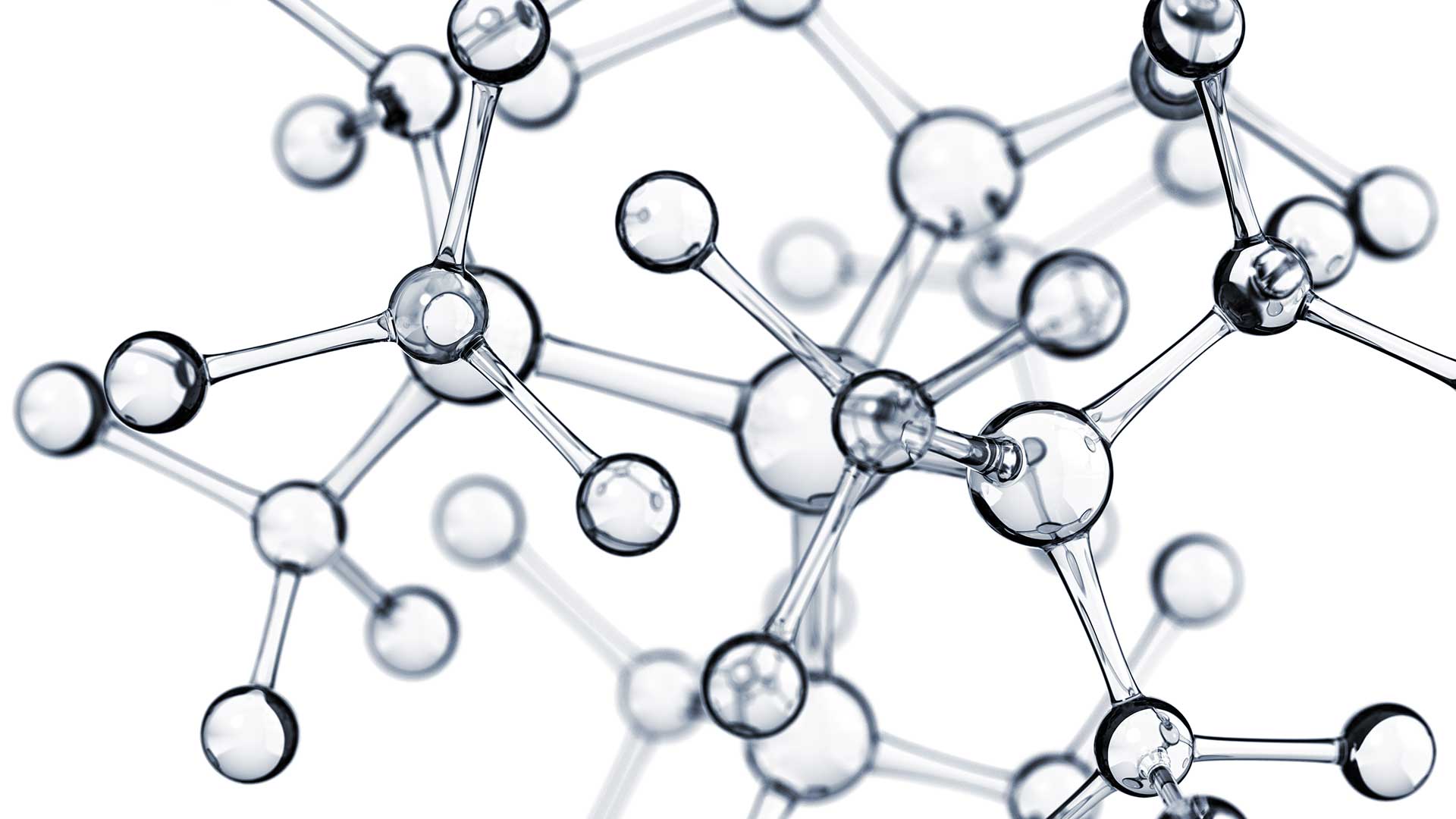| Name | Dioctyltin Oxide |
| CAS | 870-08-6 |
| Formula | C16H34OSn |
| Synonyms | Di-n-octyltin oxide Dioctyl tin oxide DOTO Dioctyl oxo stannane Dioctyloxotin Oxodioctylstannane |
Dioctyltin Oxide in Paints and Coatings
The suitability of dioctyltin oxide for catalysis in various paints and coatings, especially in the automotive industry, is of economic importance. It is used, for example, for cathodic electro-submersible coating of components that are mass-produced or have sophisticated geometries. During the process, the surface of the workpieces is coated with a wafer-thin primer that provides protection against corrosion or damage caused by physical influences. DOTO catalysts can also be used for everyday applications such as paints or oil paints.
Dioctyltin oxide is also used as a curing catalyst in polyurethane coatings, in silicone-based systems, in polyester and alkyd resins, where it supports high-temperature transesterification reactions that occur, for example, in the production of coating resins. The use of dioctyltin oxide is also possible for many floor coatings.
DOTO in Oleochemistry
Dioctyltin oxide catalysts in oleochemistry perform a similar task: the catalysis of transesterification reactions for surfactant esters, lubricant esters or fatty acid esters. Like dibutyltin oxide, DOTO can be used widely here.
For Binders
Binders, such as fatty acid esters, (see oleochemistry) can be produced with the help of DOTO as a transesterification catalyst. They support polymer formation for a wide range of end-uses made of alkyd resins, polycarbonates, silicones and polyurethanes, which, for example, are used to produce foam plastic molded parts that are particularly found where resistant materials are required. It connects polyester systems used in glass fiber reinforced plastics, for carbon or laminates. Insulating casting resins for electronic components are another example.
Dioctyltin oxide performs these tasks as well as dibutyltin oxide, but with slightly lower activity, which allows for longer processing times before the curing of the various plastic systems. Similarly, one benefits from a comparatively lower toxicity.
Other Applications
Like the DBTL, dioctyltin oxide is extremely versatile, not only because of its catalytic effect. It is also an intermediate of the chemical industry from which other chemicals are synthesized.
As a light stabilizer for polyvinyl chlorides (PVC), it helps to make plastic products even more durable: they do not become brittle and are more resistant to weathering.


